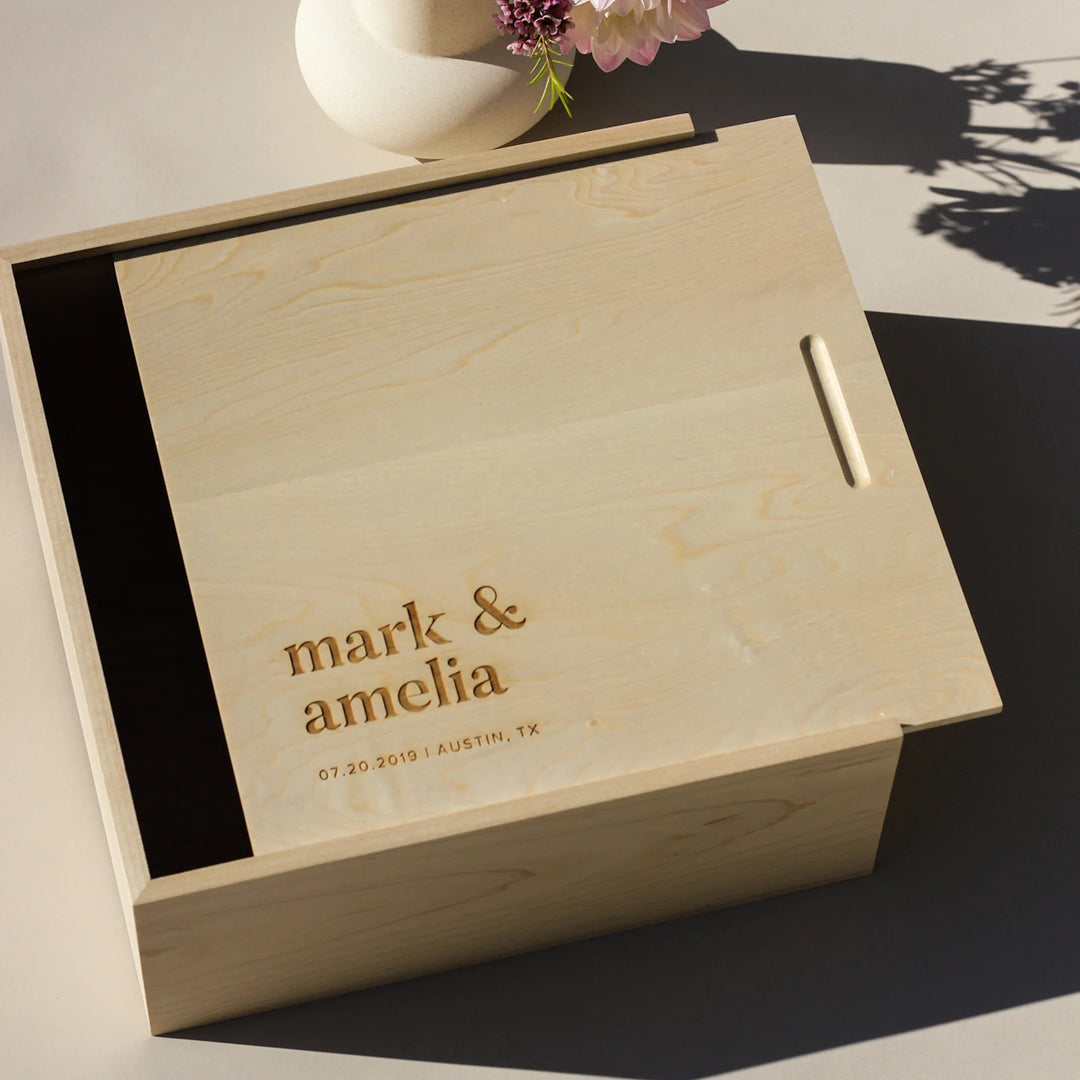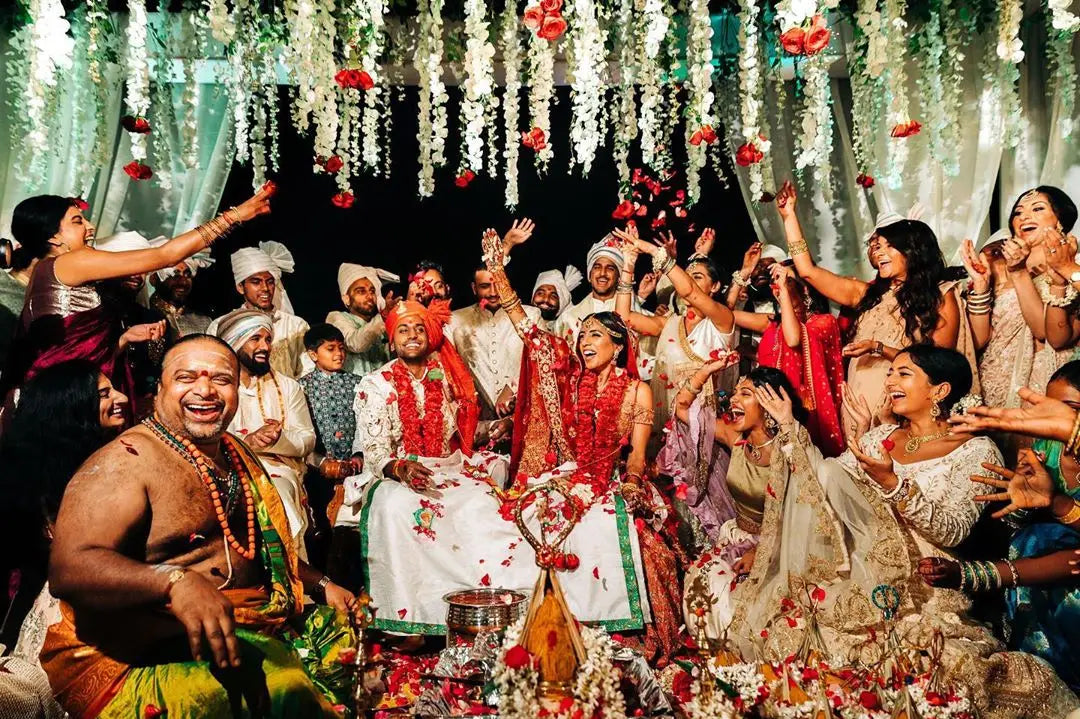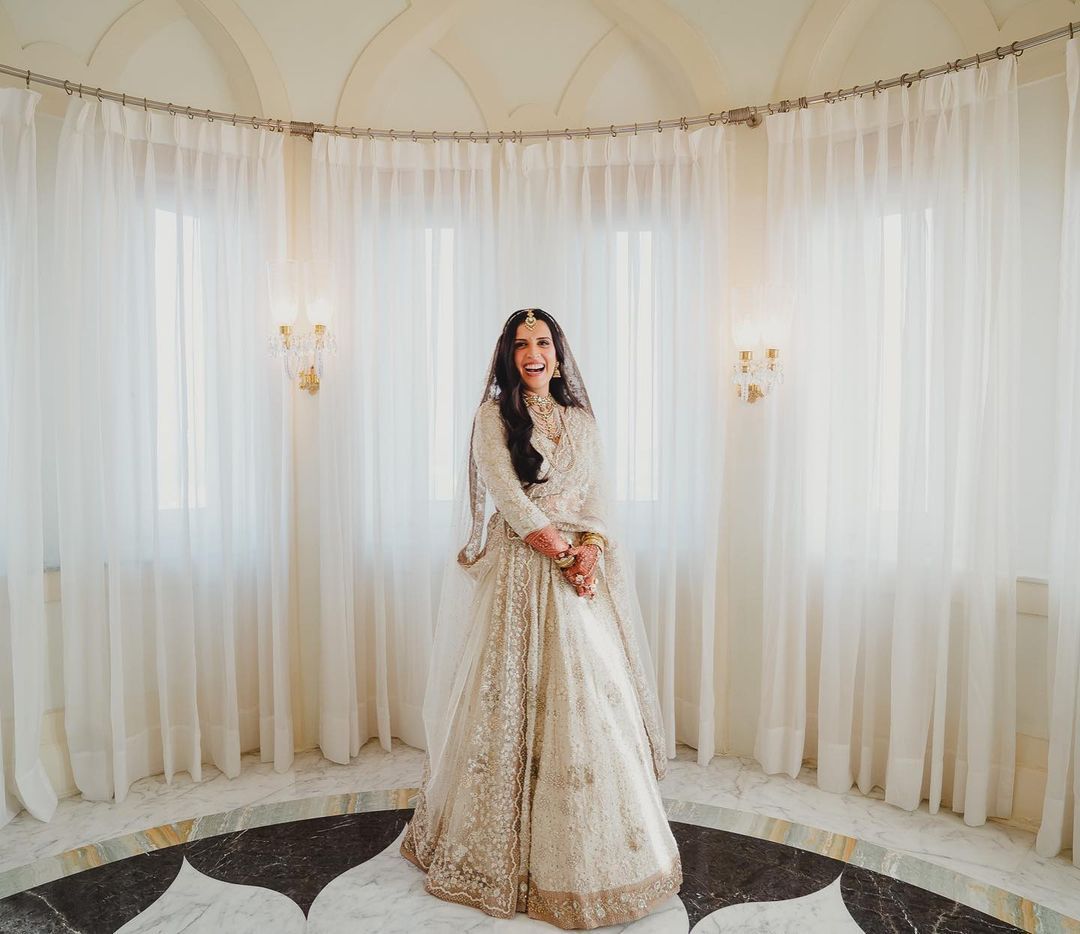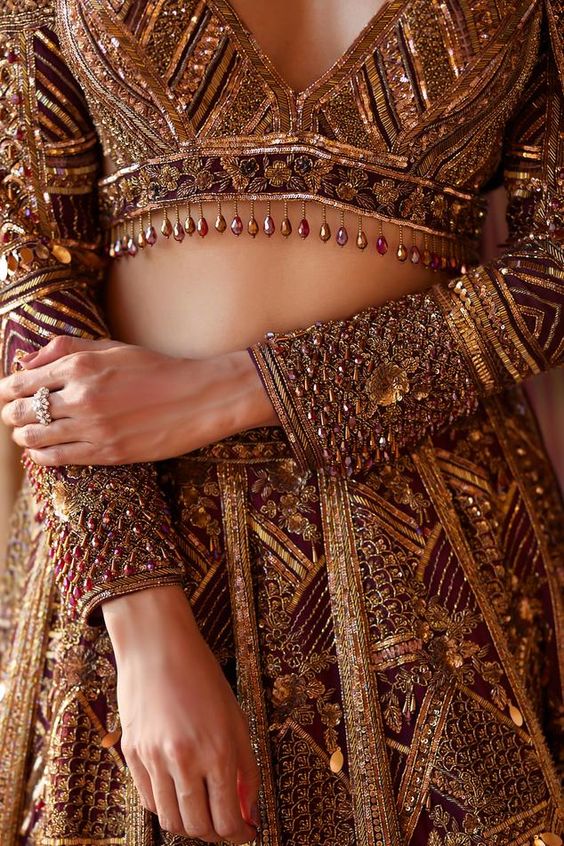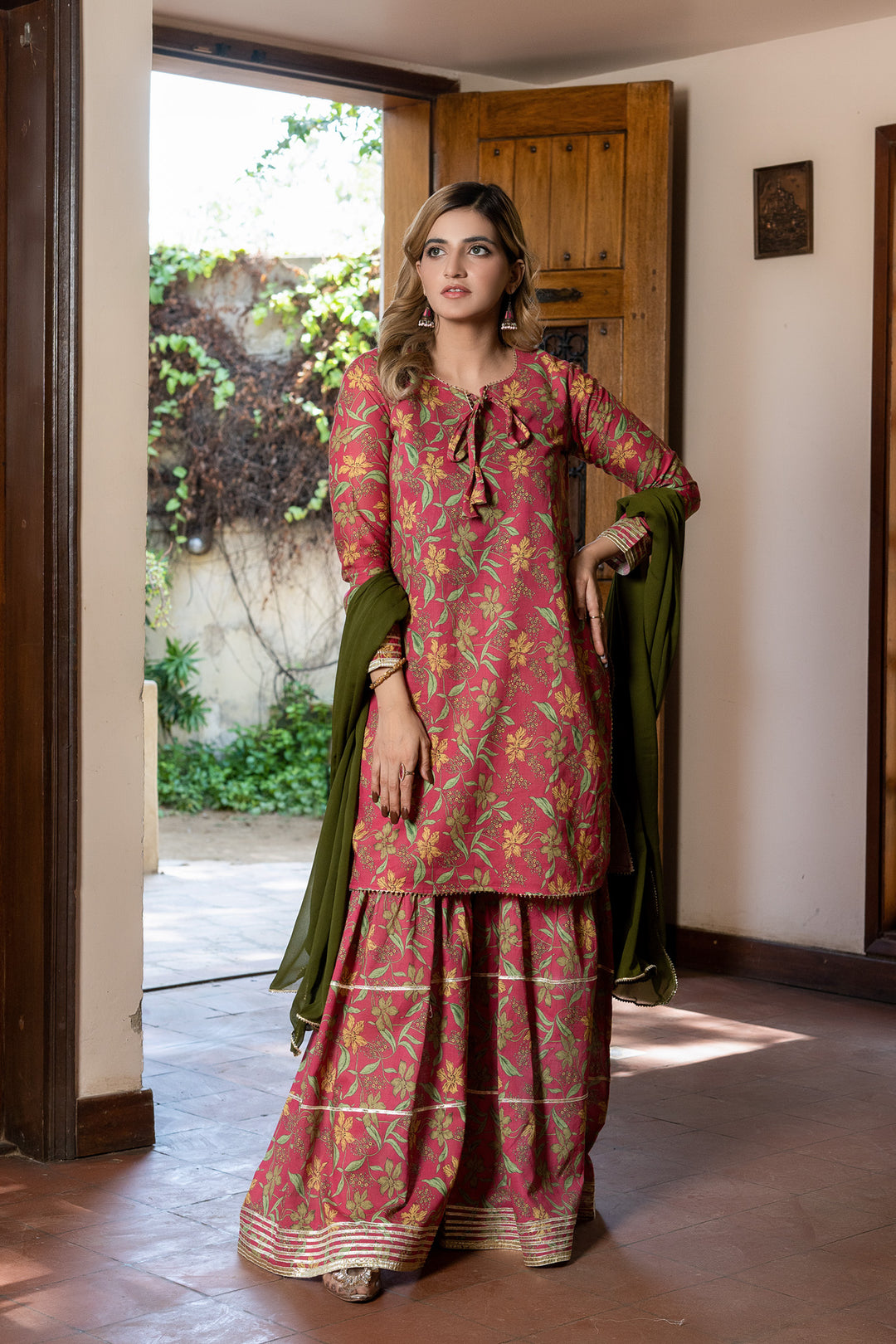Celebrating South Asian Wedding Traditions
Table of Contents
- Introduction: The Diversity and Richness of South Asian Weddings
- Major Religious Wedding Traditions
- Regional Customs: North, South, East, and West
- Pre-Wedding Ceremonies
- Wedding Day Ceremonies
- Post-Wedding Rituals
- Traditional Dance, Music, and Food
- How to Attend a South Asian Wedding as a Non-South Asian Guest
- Bridging Cultural Gaps
- Real Stories and Inspiration
- FAQs: Your Cultural Traditions Questions Answered
Introduction: The Diversity and Richness of South Asian Weddings
Hey here! 💕 If there’s one thing I’ve learned, it’s that no two South Asian weddings are ever the same. Each ceremony is a swirling tapestry of faith, tradition, language, music, and (of course) fabulous fashion. Just think: over a billion people, dozens of countries, hundreds of languages, and multiple religions—each community brings its own unique flavor to the wedding experience.
In this guide, we’ll dive deep into these differences and similarities, giving you an overview of major religious traditions, regional practices, pre- and post-wedding rituals, as well as the cultural elements that make these weddings so mesmerizing. We’ll even share tips for non-South Asian guests on how to feel comfortable and respected at these events.
By the end, you’ll have a richer understanding of what goes into making these celebrations so unforgettable. Ready? Let’s go!
Major Religious Wedding Traditions
South Asia is home to a multitude of faiths. While religion often provides the framework for wedding ceremonies—determining rituals, venues, prayers, and vows—every couple and family adds personal touches. Here’s a quick primer on the most common religious traditions:
Hindu Weddings
Hindu weddings are known for their vibrancy, rituals, and symbolism. The actual wedding ceremony might be preceded by a flurry of events: Haldi (turmeric ceremony), Mehndi (henna night), and Sangeet (music and dance party). The main wedding often involves:
- Kanyadaan: The giving away of the bride by her father to the groom.
- Phere: The couple circles a sacred fire seven times, each circle representing a vow.
- Mangalasutra & Sindoor: The groom ties a sacred thread (mangalasutra) around the bride’s neck and applies vermillion (sindoor) to her hair parting, symbolizing their married status.
Hindu weddings can last several days, and each ritual emphasizes love, commitment, and the merging of two families.
Muslim (Islamic) Weddings
Muslim weddings, called Nikah, focus on the contractual and spiritual union of two individuals. While cultural variations exist, some common elements include:
- Nikah Ceremony: The couple signs a marriage contract in front of witnesses, affirming their consent. The officiant (Qazi or Imam) recites prayers and verses from the Quran.
- Mehr: A mandatory gift (often monetary) from the groom to the bride, symbolizing respect and security.
- Walima: A reception hosted by the groom’s family to celebrate the new union.
Pre-ceremony events like Mehndi and Manjha may take place, filled with joy, color, and traditional music. Attire often includes a bridal saree or lehenga and a groom’s sherwani or simple kurta. Internal Linking Note: For detailed attire inspiration, see our Guide to South Asian Groom Attire and Ultimate Guide to South Asian Bridal Attire.
Sikh Weddings
Sikh weddings take place in a Gurudwara before the Guru Granth Sahib (holy scripture). The central ceremony is the Anand Karaj—the couple walks around the Guru Granth Sahib four times while hymns are sung, symbolizing their spiritual union.
Simplicity, spirituality, and equality are key themes. After the ceremony, guests enjoy a langar (community meal), reflecting the Sikh values of sharing and serving.
Christian Weddings in South Asia
Christian weddings vary by denomination but often follow a familiar structure: the bride walking down the aisle, an exchange of vows and rings, and blessings by a priest. South Asian Christian weddings may add local customs—like wearing a saree or including cultural music and dance at the reception. The combination of Western wedding elements with indigenous traditions creates a unique blend.
Jain, Buddhist, Parsi & Other Communities
South Asia also hosts communities like Jains, Buddhists, and Parsis, each with distinct wedding rituals:
- Jain Weddings: Emphasize simplicity and non-violence. The ceremony may involve recitation of religious texts and minimal pomp.
- Buddhist Weddings: More cultural than religious, often involve blessings from monks and the chanting of prayers. Simplicity, peace, and compassion guide these ceremonies.
- Parsi Weddings: Known as the Aashirwad ceremony, the couple receives blessings from priests and elders. White and pastels are common attire colors, symbolizing purity and new beginnings.
Regional Customs: North, South, East, and West
In addition to religion, geography plays a huge role in shaping wedding traditions. A Punjabi wedding in North India will differ from a Tamil wedding in the South, or a Bengali wedding in the East. Here’s a snapshot:
- North India: Lavish decorations, band-baja baraat (live band processions), and opulent outfits. Ceremonies like Jaimala (exchange of garlands) and Vidaai (bride’s departure) are emotionally charged.
- South India: More minimalistic elegance. Kanjivaram sarees, temple jewelry, and rituals focused around fire and tying of the tali (mangalasutra) are common. The atmosphere is often more subtle but equally meaningful.
- East India: Bengali weddings, for instance, involve the bride covering her face with betel leaves when she enters, revealing herself at the auspicious moment. Traditional fish dishes and sweets (like rasgulla) highlight the feast.
- West India: Gujarati or Rajasthani weddings feature vibrant colors, garba and dandiya dances, and unique pre-wedding events. Grooms may wear turbans tied in distinctive regional styles.
These differences add endless variety. Internal Linking Note: For more insights into attire choices per region, browse our Groom Attire Guide or Bridal Attire Guide.
Pre-Wedding Ceremonies
South Asian weddings aren’t just a single-day affair—they’re festivals that unfold over many days, sometimes weeks! Pre-wedding events build excitement, strengthen family bonds, and prepare everyone for the big day.
- Engagement (Mangni / Sagai): The couple exchanges rings and families formalize the union. This can be a small ceremony or a grand affair, depending on the family’s preferences.
- Roka: A North Indian custom marking the couple’s intention to marry. Gifts and blessings are exchanged to seal the match.
- Haldi / Ubtan: A turmeric paste applied to the bride and groom’s skin. This ritual is believed to cleanse, purify, and bring a natural glow.
- Mehndi: Brides and often grooms get intricate henna designs on their hands and feet. Guests join in, dancing, singing, and enjoying an evening of laughter and color.
- Sangeet: A music and dance night where both families perform skits, dance routines, and enjoy a friendly, playful atmosphere.
These events allow the couple and their families to celebrate, bond, and create unforgettable memories before the solemnity of the wedding ceremony itself.
Wedding Day Ceremonies
The wedding day is the grand finale. Each religion and region has its main rituals, but some common elements include:
- Baraat: The groom’s procession to the wedding venue, often with music, dancing, and sometimes even a decorated horse or car. It’s a show of celebration as the groom’s family arrives at the bride’s doorstep (or ceremony location).
- Milni: A welcoming ritual where the bride’s family greets and exchanges garlands and gifts with the groom’s family, symbolizing the union of two clans.
- Main Religious Ceremony: - Hindu: The couple sits before a sacred fire, taking vows as they circle it (pheras). - Muslim: The couple says “Qubool Hai” (I accept) during the Nikah. - Sikh: The couple walks around the Guru Granth Sahib (Anand Karaj). - Christian: Exchanging vows and rings in a church setting. - Others: Each faith has unique steps to formalize the marriage, but all emphasize love, respect, and the joining of two souls.
- Exchanging Garlands or Rings: Symbolizes acceptance and mutual respect. Many communities have their version of this ritual.
It’s an emotional, meaningful day that aligns faith, family, and tradition. After the vows are done, the couple is officially married!
Post-Wedding Rituals
The wedding day might be done, but the fun isn’t over. Post-wedding rituals ensure the bride’s smooth transition into her new family and give the newlyweds time to celebrate their union:
- Vidaai / Rukhsati: The emotional farewell when the bride leaves her parental home to join her husband’s family. Expect tears, hugs, and heartfelt goodbyes.
- Griha Pravesh: The bride’s first entry into her new home is often accompanied by rituals like tipping over a pot of rice, symbolizing abundance and prosperity.
- Walima or Reception: A grand reception hosted by the groom’s side (common in Muslim weddings) or a collective party thrown by both families. This is a chance for extended guests and friends to meet the couple, enjoy dinner, music, and dancing.
- Games and Fun: Post-wedding games like finding the ring in a bowl of milk, name-hiding in mehndi designs, or other playful traditions break the ice and lighten the mood.
Traditional Dance, Music, and Food
If you’ve ever attended a South Asian wedding, you know the party doesn’t stop at the ceremony. Dance, music, and food are integral to the celebration, reflecting the cultural soul of the community.
Dance
From the energetic bhangra of Punjab to the graceful garba of Gujarat, dance is central to many events, especially the Sangeet and reception. Family members prepare choreographed routines, and guests are encouraged to join in. The dance floor is a symbol of unity, joy, and collective celebration.
Music
Wedding music can include traditional instruments like the dhol (drum), shehnai (reed instrument), or live qawwali singers. Modern weddings often feature Bollywood hits, pop music, and DJs who mix traditional tunes with contemporary beats. The result? A blend of old and new that keeps everyone moving.
Food
The wedding feast is not just a meal—it’s a culinary journey. Each region showcases its specialties: - North India: Rich curries, butter chicken, paneer dishes, naan, and lassi. - South India: Dosas, idlis, coconut-based curries, and banana leaf meals. - East India: Fish curries, sweets like rasgulla, and mustard-flavored delicacies. - West India: Dhokla, fafda, dal-baati-choorma, and a mix of sweet and spicy flavors.
Halal, vegetarian, vegan, or Jain meals may be offered based on religious and cultural norms. Guests often remember the wedding meal as much as the ceremony itself!
How to Attend a South Asian Wedding as a Non-South Asian Guest
Invited to a South Asian wedding but feeling a bit clueless? Don’t worry, I’ve got you covered!
- Dress the Part: Embrace traditional attire if you can. Women might wear a saree or a salwar kameez, men can try a kurta-pajama. If that’s not your style, choose bright, festive clothing that respects modesty. For more guidance, check out our Bridal Attire Guide and Groom Attire Guide for inspiration. *(Even if you’re not the bride or groom, these guides can help you understand the dress codes!)*
- Be On Time (Or Fashionably Late): Some events start later than the stated time (ahem, “Indian Standard Time”), but try not to be excessively late. Ask the hosts or other guests for cues.
- Respect Religious Customs: You may need to remove your shoes in certain venues (like a Gurudwara) or cover your head. Follow the lead of other guests or the instructions given by the family.
- Participate Enthusiastically: Don’t hesitate to get mehndi done on your hands during the Mehndi party or join the dance floor at the Sangeet. Guests are meant to be part of the festivities, not just spectators.
- Be Curious and Open-Minded: It’s okay to ask polite questions about rituals you don’t understand. Most people will be happy to explain the significance. Curiosity is often appreciated!
Ultimately, your genuine effort to partake in the cultural celebration will be warmly received. Enjoy the music, savor the food, and celebrate love!
Bridging Cultural Gaps
For South Asians in the West or couples from mixed backgrounds, weddings become a beautiful blend of cultures. Yet, this can also bring challenges—managing expectations, explaining rituals to non-South Asian friends, and dealing with differing family traditions.
“A wedding isn’t just about two people; it’s about communities coming together. Embrace the learning curve—love is universal, even if the rituals differ.”
Strategies:
- Communicate Early: Explain key rituals to international guests. Maybe create a small wedding program or webpage with brief explanations.
- Fusion Décor and Attire: Blend Western décor elements with traditional colors, or mix a Western suit with a traditional stole for the groom.
- Inclusive Food Choices: Offer a variety of dishes so everyone finds something familiar and delicious.
- Educate and Celebrate: Share stories, invite guests to pre-wedding functions, and encourage them to participate so they understand the depth and meaning behind each ritual.
Internal Linking Note: For more on navigating cultural differences, see our upcoming pillar page Navigating Cultural Clashes for South Asians in the West.
Real Stories and Inspiration
Sometimes, the best inspiration comes from real couples who have celebrated their weddings in all their cultural splendor. Here are a few snippets:
-
Priya & Adeel: A Hindu-Muslim wedding that included a Mehndi night with Bollywood music and a Nikah ceremony followed by a baraat. They provided a guest guidebook explaining key rituals, ensuring everyone felt included.
Read Their Full Story -
Sara & John: A Christian bride from Kerala and a Punjabi groom blended traditions by having a church wedding followed by a Punjabi-style reception with bhangra and dhol players.
Interfaith Wedding Inspirations -
Meera & Arjun: Their Bengali wedding showcased the bride hiding her face with betel leaves during the ceremony and later switching into a fusion gown for the reception. Guests got to try East Indian sweets and danced to a mix of classical and modern music.
Learn More About Regional Customs
FAQs: Your Cultural Traditions Questions Answered
- How long do South Asian weddings typically last?
- They can range from a single day to a week or more. Pre-wedding events (Mehndi, Sangeet, Haldi) add multiple days of celebrations before the main ceremony.
- Do I have to follow all the rituals if I’m from another culture?
- Most couples and families will appreciate any effort you make, but you’re not obligated to do everything. Simply showing respect, curiosity, and enthusiasm is often enough.
- What if I’m vegetarian or have dietary restrictions?
- South Asian weddings typically have a wide variety of dishes. If you have severe restrictions, let the hosts know in advance so they can ensure you have options.
- Can I bring a friend or a plus-one?
- Always confirm with the hosts first. South Asian weddings can be large, but seating and catering are planned in advance. It’s best to follow the invitation guidelines.
If you’re still curious, browse our other resources or submit your queries at our Q&A Section. We love helping guests and couples navigate these cultural wonders!





